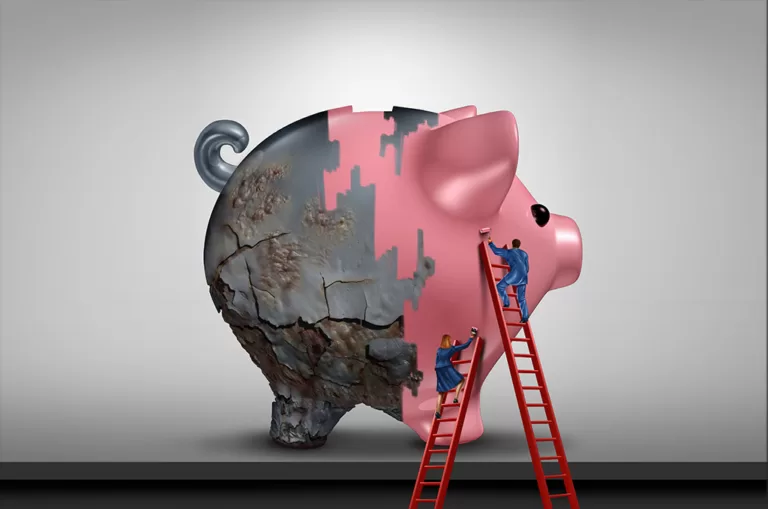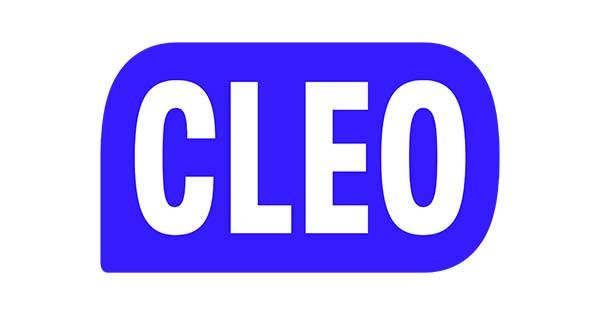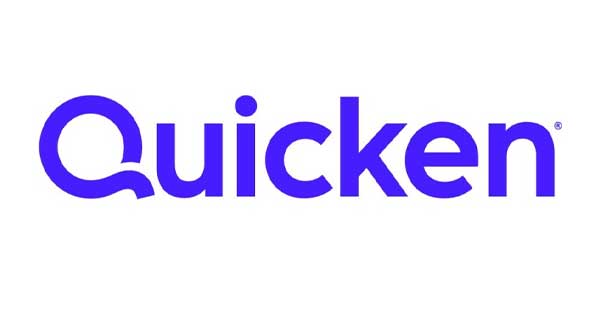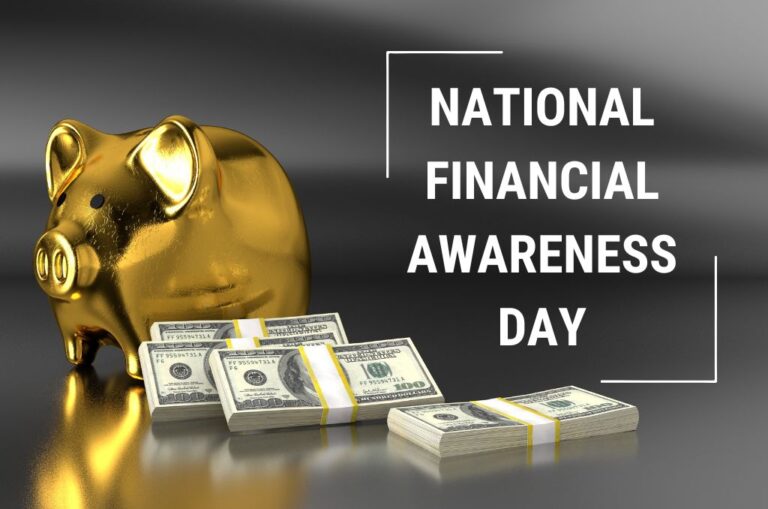Financial freedom is the most critical freedom in today’s capitalistic world. And as much of a distant dream as it may seem, it is still possible to achieve. With financial planning, financial freedom is an achievable dream.
You don’t have to live paycheck to paycheck. You don’t have to live ashamed of your credit card debt. You don’t have to live in fear of what your family will do after you’re gone.
Take 9 steps to financial freedom, starting today, and see your future becoming more secure, your investments giving more returns, and your retirement look more lavish.
What Is A Financial Plan?
Suppose you want a detailed framework of all your finances. This framework also has your financial goals and strategies to achieve those financial goals. This is what a financial plan is. Your financial plan should include details about cash flow, debt, savings, insurance, investments and all other financial elements essential to your financial freedom.
What Is Financial Planning?
If you have a financial plan ready, you are already on the path of financial planning. This is an ongoing process. You keep checking, tracking, and analyzing your short-term and long-term financial goals.
Financial planning makes you stress less about budgeting, saving and investing. Financial planning helps you to make the most out of your assets and reduce your liabilities over time. Financial planning is the cornerstone of financial freedom.
What Is Financial Freedom to You?
Before we can jump into the 9 steps to financial freedom, it is important to establish what financial freedom is.
The most basic definition of financial freedom is having enough money in savings and investments to afford the life we desire – for ourselves and our families.
But that’s the generic definition. The 9 steps to financial freedom listed below won’t take you very far unless you personally answer, “What is financial freedom to me?”
- Is it paying off debt and living debt-free?
- Is it having enough money to retire early?
- Is it a certain lifestyle for your family?
Journal your answer. Create a vision board. Discuss it with your spouse. Get super clear on this, and then follow the steps below.
The 9 Steps To Financial Freedom
Following the 9 steps to financial freedom doesn’t mean you go through these steps one time and be set for the rest of your life.
Nope. You’ll need to turn these steps into money habits.
I truly believe that once you get the 9 steps to financial freedom down, you won’t want to go back to your original habits. Because you’ll be enjoying the freedom that comes from knowing you will have the money you need when you need it.
So let’s get to it.
1. Recognize Your Personal Money Truths
The first step on the 9 steps to financial freedom list is taking a hard look at your current financial status.
You need to get real about where you stand financially. Look at your bank statements, credit card debt, loans, retirement savings, and credit score.
- What does your debt look like?
- What assets do you have?
- Do you have money in savings or retirement accounts? If so, how much?
- What is your income? Are you spending more money than you are bringing in?
Take inventory on where you are. Try not to judge yourself – remember, you’re about to change how you relate to and handle your money. What’s in the past, is in the past. It’s time to move forward and pursue financial freedom.
2. Set Clear Goals
Back to the original question – what is financial freedom to you? Use your answer to set clear, realistic, and specific goals.
If you make goals that are too broad or too difficult at first, such as I’m going to save enough money to retire at 45, you may give up before you even get started.
Instead, set goals with clear deadlines, such as “I’ll pay off this credit card by the end of this year” or “I’ll contribute $100 more to my retirement account each month.
3. Create A Budget
Financial freedom comes with a budget. Don’t mistake a budget for a jail. A budget will allow you to feel freer than ever before!
This is because you will only spend the money you have instead of shackling yourself with debt.
You will no longer question where all your money goes at bill time because you’ll know you have the money budgeted to pay them.
Plus, there are several online budgeting tools and apps that make it easy.
Take advantage of PocketSmith, a budgeting and personal finance software (that doesn’t actually require software installation).
Check out what you can do with PocketSmith’s budgeting feature:
- Create new budgets.
- Compare your overall earnings and spending using the budget summary.
- View the current budget for a category.
- View the total budget for a category based on specific dates.
Best Budgeting Apps For Easy Money Management
4. Automate Savings
Many people live in fear of the next surprise financial hit, such as an emergency room visit for a child.
With an emergency fund, you don’t have to live in fear. But you can’t just say, “I want an emergency fund.”
You must build it.
Start with a goal to save $1,000 for emergencies. After you have saved this amount, continue to build this emergency fund to cover you for 3 – 6 months.
This is one of the places where a budget is especially helpful. When you create a budget, allocate a portion of your income for emergency savings. Then, automate these savings, so you aren’t tempted to spend this money elsewhere.
Need help in this area? Check out Truebill.
Truebill is a money app that allows you to put your savings on autopilot. Not only can you automate savings, but Truebill will also learn your habits and save the money you need to avoid overdraft charges.
5. Pay Yourself First
One of the 9 steps to financial freedom that surprises people is to pay yourself first.
This is a must-do!
Paying yourself first means depositing money into your savings and retirement accounts BEFORE you pay someone else (aka bill collectors).
Start treating your future as an investment, and bill yourself for it. Pay this “bill” first each month.
Again, if you worry you will be tempted to pay the bill collectors before you pay yourself, automate savings to be pulled from each paycheck.
6. Get Rid Of Credit Card Debt
For many people, financial freedom is getting out of credit card debt.
According to LendingTree, “Americans have an absolute mountain of credit card debt in 2022 — $841 billion, to be exact. […] The national average card debt among cardholders with unpaid balances was $6,569. That includes debt from both bank cards and retail credit cards.”
Credit card debt is financial slavery. You won’t feel financially free if you are a slave to debt.
Therefore, the next goal on the 9 steps to financial freedom is to get rid of credit card debt.
Once you do, don’t go into credit card debt again! Make sure you only use your credit card when you have budgeted to pay it off each month to avoid accruing interest rate fees.
For help getting rid of credit card debt, check out Tally. Tally is a credit card payoff app that makes it possible to pay down debt even faster.
7. Change Your Financial Mindset
If at the start of your journey on the 9 steps to financial freedom, you notice you spend more than your income allows, it means you are living above your means.
It’s time to readjust your thinking, start aiming to live below your means and start spending less than you bring in.
When you live this way, it frees you up to save (and splurge on occasion).
One of the best ways to change this mindset into a real-life habit is to consider wants versus needs carefully.
Before buying something, ask yourself if it is something you simply want or something you truly need.
Learning to be content with what you have will go a long way toward helping you achieve all the 9 steps to financial freedom.
8. Diversify Your Income Streams
The author of Rich Habits, Tom Corley, explains, “Sixty-five percent of the self-made millionaires in my study had three streams of income, 45% had four streams of income, and 29% had five streams of income. Each additional stream they added gave them wealth that they could then leverage and invest into another.”
You may wonder how this is possible – especially if you choose to be a stay-at-home mom.
The good news is that it is possible – now more than ever before!
Use your unique skills or assets to start a side hustle. Sign up to grocery shop for others. Sell your kid’s old clothing on resale sites. Start a blog. Walk dogs.
Use this additional stream of income to help you gain financial freedom.
9. Prepare Your Legacy
For many, financial freedom means knowing their families will be safely taken care of when they are gone.
While it doesn’t necessarily give you financial freedom today, it does grant you peace, knowing your loved ones will be taken care of.
Create a will. Make sure beneficiaries are up-to-date on all financial accounts. Talk to a professional about life insurance.
Conclusion
Financial Freedom is the most valued freedom today. Financial planning, along with these nine steps to financial independence, is what you need to make your economic life more at ease.
Your Financial Planning brings financial freedom to your family, too. Your financial plans must be monitored occasionally to get the results immediately. Don’t you want to be financially free?
Here at Penny Calling Penny, our financial independence articles are only a part of our growing library.
We’re dedicated to helping you learn to manage your money, no matter where you’re at on your financial journey.
Subscribe to our newsletter so you never miss a Penny, and we’ll see you next time!










